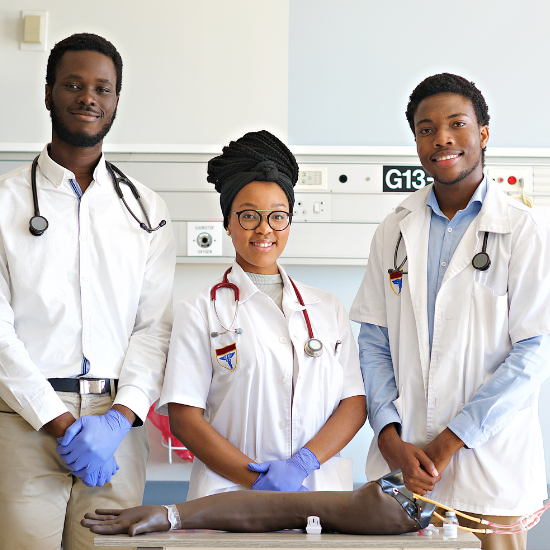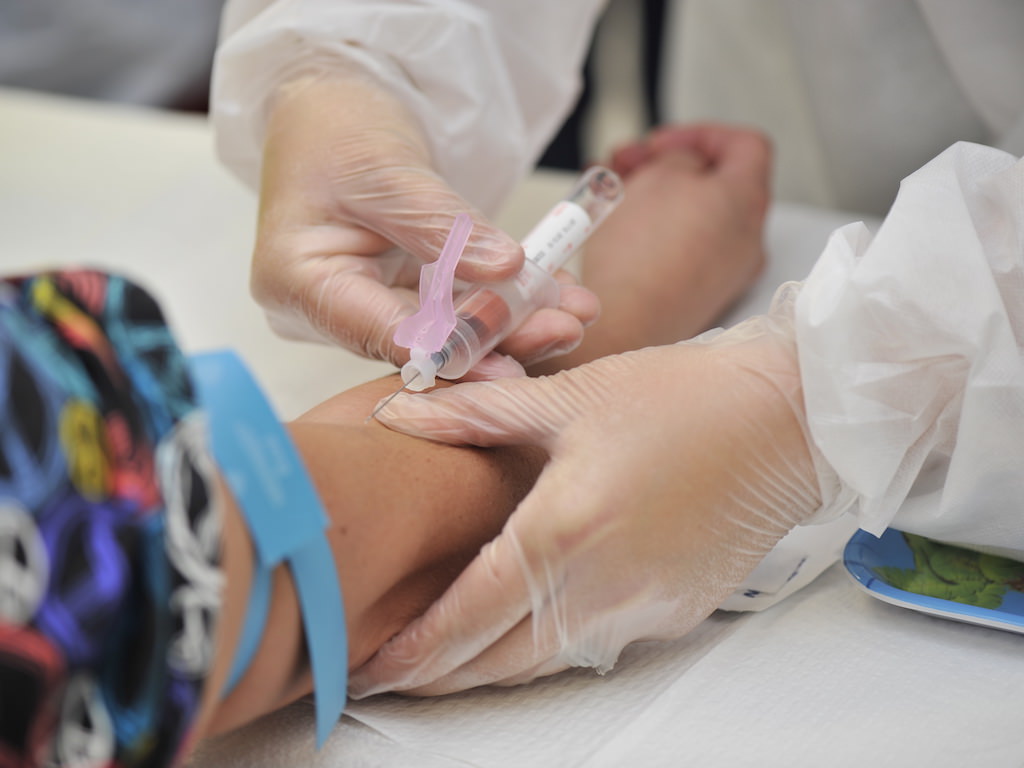The Of Northeast Medical Institute - New Haven Campus Phlebotomy Course & Cna Class
The Of Northeast Medical Institute - New Haven Campus Phlebotomy Course & Cna Class
Blog Article
What Does Northeast Medical Institute - New Haven Campus Phlebotomy Course & Cna Class Mean?
Table of ContentsUnknown Facts About Northeast Medical Institute - New Haven Campus Phlebotomy Course & Cna ClassThings about Northeast Medical Institute - New Haven Campus Phlebotomy Course & Cna Class4 Easy Facts About Northeast Medical Institute - New Haven Campus Phlebotomy Course & Cna Class DescribedSome Of Northeast Medical Institute - New Haven Campus Phlebotomy Course & Cna ClassWhat Does Northeast Medical Institute - New Haven Campus Phlebotomy Course & Cna Class Do?Northeast Medical Institute - New Haven Campus Phlebotomy Course & Cna Class Things To Know Before You Get This
The use of such devices should be come with by other infection prevention and control methods, and training in their use.For setups with low sources, cost is a motoring variable in procurement of safety-engineered tools - Phlebotomy Classes. Where safety-engineered devices are not offered, competent usage of a needle and syringe serves. Unintended exposure and certain details concerning an occurrence ought to be videotaped in a register. Support solutions ought to be advertised for those who go through unintentional exposure.
Among the essential markers of high quality of care in phlebotomy is the participation and collaboration of the client; this is mutually valuable to both the health employee and the person. Clear info either composed or verbal must be offered to every client that goes through phlebotomy. Annex F gives example text for explaining the blood-sampling treatment to a client. labelling); transportation problems; analysis of outcomes for professional monitoring. In an outpatient department or facility, give a devoted phlebotomy cubicle containing: a clean surface with 2 chairs (one for the phlebotomist and the other for the person); a hand clean basin with soap, running water and paper towels; alcohol hand rub. In the blood-sampling space for an outpatient department or center, offer a comfortable reclining couch with an arm rest.
The 9-Minute Rule for Northeast Medical Institute - New Haven Campus Phlebotomy Course & Cna Class
Guarantee that the indicators for blood tasting are clearly specified, either in a composed procedure or in documented directions (e.g. in a laboratory type). At all times, comply with the strategies for infection prevention and control detailed in Table 2.2. Infection prevention and control techniques. Collect all the tools needed for the procedure and area it within risk-free and easy reach on a tray or trolley, ensuring that all the products are plainly noticeable.
Introduce yourself to the individual, and ask the client to specify their complete name. Inspect that the research laboratory kind matches the patient's identity (i.e. match the individual's details with the lab form, to make certain exact recognition).
Make the individual comfy in a supine setting (if feasible). The person has a right to reject an examination at any type of time before the blood tasting, so it is crucial to guarantee that the patient has actually understood the treatment - PCT Courses.
10 Simple Techniques For Northeast Medical Institute - New Haven Campus Phlebotomy Course & Cna Class
Prolong the person's arm and examine the antecubital fossa or forearm. Find a blood vessel of a good size that is visible, straight and clear.
DO NOT place the needle where veins are diverting, because this enhances the possibility of a haematoma. The capillary must show up without using the tourniquet. Finding the blood vessel will certainly assist in determining the correct size of needle. Apply the tourniquet concerning 45 finger widths over the venepuncture site and re-examine the vein.
Samplings from central lines bring a risk of contamination or incorrect laboratory examination results. It is appropriate, yet not optimal, to attract blood samplings when first introducing an in-dwelling venous tool, before attaching the cannula to the intravenous fluids.
The Single Strategy To Use For Northeast Medical Institute - New Haven Campus Phlebotomy Course & Cna Class
Failure to allow enough contact time increases the threat of contamination. DO NOT touch the cleaned website; in certain, DO NOT position a finger over the capillary to assist the shaft of the subjected needle.
Ask the individual to form a fist so the veins are more prominent. Enter the blood vessel promptly at a 30 level angle or less, and proceed to present the needle along the capillary at the simplest angle of entry - PCT Classes. When enough blood has been gathered, launch the tourniquet prior to withdrawing the needle
Northeast Medical Institute - New Haven Campus Phlebotomy Course & Cna Class Can Be Fun For Everyone
Withdraw the needle carefully and apply gentle stress to the site with a tidy gauze or completely dry cotton-wool ball. Ask the person to hold the gauze or cotton wool in area, with the arm extended and increased. Ask the client NOT to flex the arm, because doing so triggers a haematoma.

The Best Guide To Northeast Medical Institute - New Haven Campus Phlebotomy Course & Cna Class
Do not press the syringe plunger since extra pressure boosts the threat of haemolysis. Where feasible, maintain televisions in a shelf and relocate the shelf in the direction of you. Infuse downwards right into the ideal coloured stopper. DO NOT remove the stopper since it will certainly launch the vacuum cleaner. If the sample tube does not have a rubber stopper, inject very gradually into the tube as lessening the stress and speed utilized to transfer the specimen decreases the risk of haemolysis.

Report this page